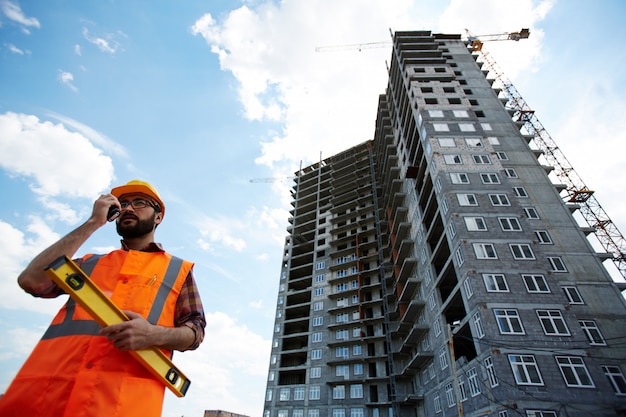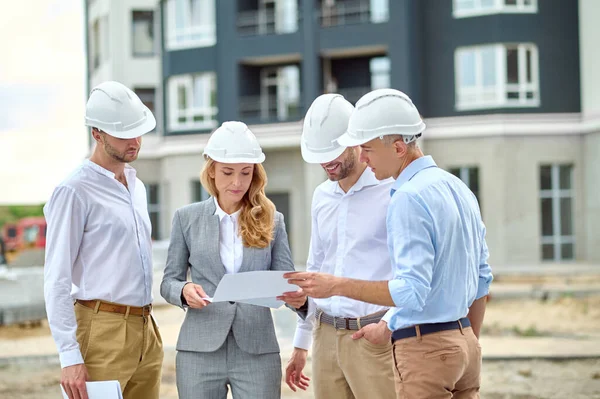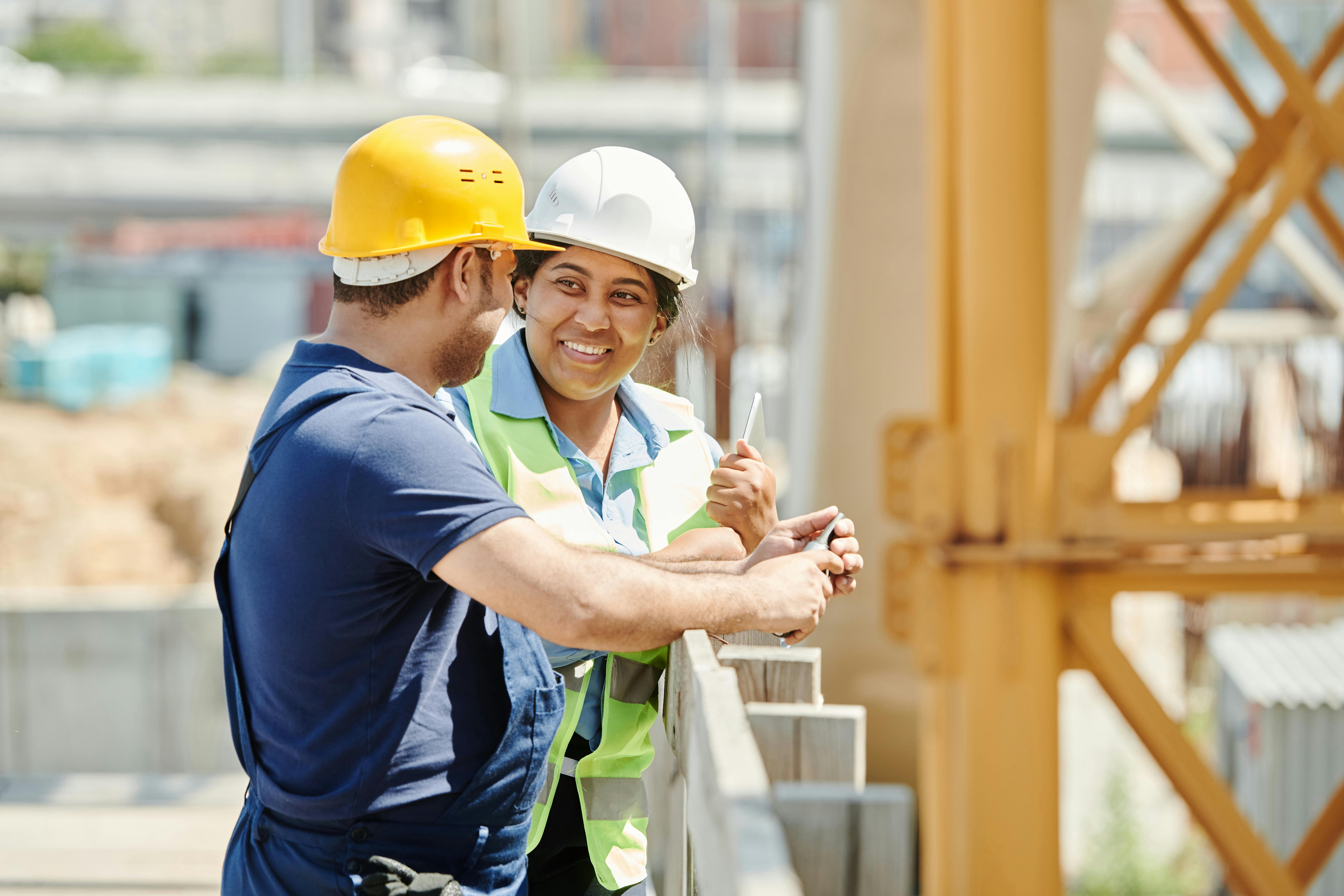Deciphering Builders Melbourne Crucial Role: A Comprehensive Insight
In the dynamic and ever-expanding city of Melbourne, the role of builders extends far beyond the mere act of construction. These professionals are the unsung heroes shaping the very fabric of the metropolis, responsible for crafting the skyline, infrastructure, and communities that define the city's essence. From the iconic high-rise structures that punctuate the skyline to the intricate network of roads and bridges that connect neighborhoods, builders play a pivotal role in Melbourne's architectural narrative and urban development. This article aims to unravel the multifaceted significance of builders in this cosmopolitan hub, exploring how their work resonates across economic, societal, and environmental dimensions.
As Melbourne undergoes continuous transformation and growth, builders emerge as architects of change, influencing the city's landscape in profound ways. Beyond the bricks and mortar, these professionals are instrumental in job creation, economic stimulation, and the implementation of sustainable practices. Understanding the vital role of builders in Melbourne requires a holistic exploration of their impact on the city's past, present, and future – a journey that unveils their contributions to the vibrant tapestry of this Australian metropolis. Read more about builders melbourne here.
Builders: The Architects of Urban Development
Architectural Marvels:
Melbourne is renowned for its diverse and innovative architecture, and builders are the driving force behind the construction of these iconic structures. From sleek high-rise buildings that dominate the skyline to heritage-listed structures that narrate the city's history, builders in Melbourne are the architects of urban development. They bring blueprints to life, ensuring that each structure not only meets aesthetic standards but also adheres to strict safety and regulatory guidelines.

Infrastructure Development:
Builders contribute significantly to the city's infrastructure development. They are responsible for constructing roads, bridges, tunnels, and other essential facilities that facilitate the smooth functioning of Melbourne. As the city undergoes constant expansion and renovation, builders play a crucial role in ensuring that infrastructure keeps pace with the growing population and evolving urban needs.
Economic Impact of the Construction Industry
Job Creation:
The construction industry, spearheaded by builders, is a major contributor to employment in Melbourne. The demand for skilled and unskilled labor in construction provides job opportunities for a diverse range of individuals, from architects and engineers to construction workers and project managers. This not only boosts the city's economy but also fosters a sense of community through shared employment opportunities.
Stimulating Local Businesses:
Builders source materials locally, creating a ripple effect that stimulates various sectors of the economy. From lumber yards to hardware stores, the construction industry supports local businesses, fostering economic growth. The symbiotic relationship between builders and local suppliers creates a network of interdependence that strengthens Melbourne's economic fabric.

Community Development Initiatives
- Affordable Housing: Builders in Melbourne actively engage in initiatives to provide affordable housing solutions, collaborating with government agencies and non-profit organizations to address the city's housing challenges.
- Sustainable Practices: The construction industry embraces eco-friendly materials and energy-efficient designs, contributing to Melbourne's commitment to environmental conservation and the development of a sustainable urban environment.
- Inclusivity: Through strategic partnerships, builders promote inclusivity by developing housing projects that cater to diverse socio-economic segments, fostering a sense of community and ensuring housing accessibility for all.
- Community Spaces: Builders play a key role in creating communal spaces within residential areas, enhancing social interaction and community bonding through the incorporation of parks, recreational facilities, and other shared amenities.
- Infrastructure Accessibility: Community-focused builders contribute to the development of infrastructure that improves accessibility, including pathways, ramps, and facilities catering to individuals with diverse needs, ensuring a more inclusive urban environment.
- Cultural Preservation: In collaboration with local communities, builders actively contribute to the preservation of cultural heritage by integrating historical elements into modern developments, celebrating Melbourne's rich history while fostering a sense of identity among residents.
Challenges and Innovations in the Construction Sector
Regulatory Compliance:
Builders in Melbourne face the challenge of navigating complex regulatory frameworks. Strict building codes, safety standards, and zoning regulations require builders to stay abreast of legal requirements. However, this challenge also fosters innovation as builders seek creative solutions to comply with regulations while delivering projects that meet the evolving needs of the community.
Adoption of Technology:
The construction industry in Melbourne is witnessing a technological revolution. Builders are incorporating cutting-edge technologies such as Building Information Modeling (BIM), drones, and automation to enhance efficiency and accuracy in project execution. Embracing these innovations not only streamlines construction processes but also positions Melbourne as a hub for technological advancements in the construction sector.
Skilled Labor Shortages
The construction sector in Melbourne grapples with a persistent challenge of skilled labor shortages. As demand for construction projects rises, there is a growing need for qualified workers. To address this issue, the industry is increasingly focusing on upskilling and training programs, aiming to bridge the gap and ensure a skilled workforce capable of meeting the demands of modern construction practices and technologies.

